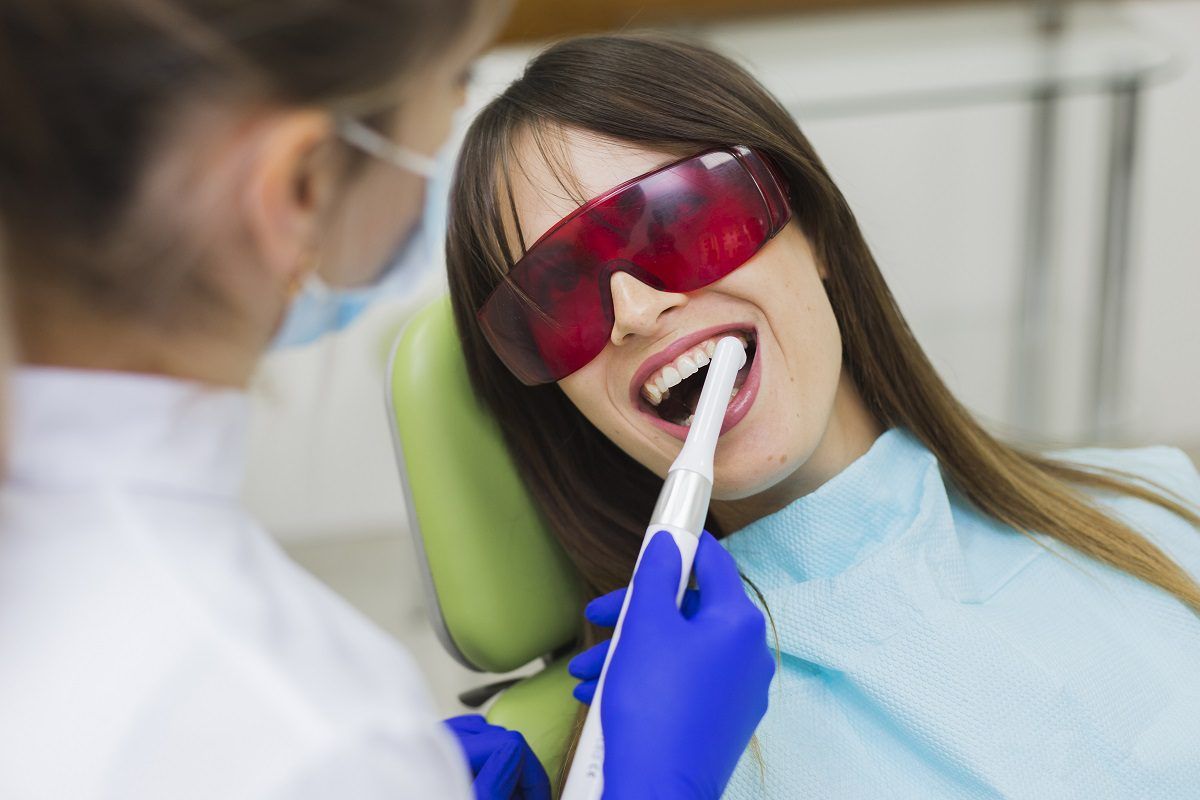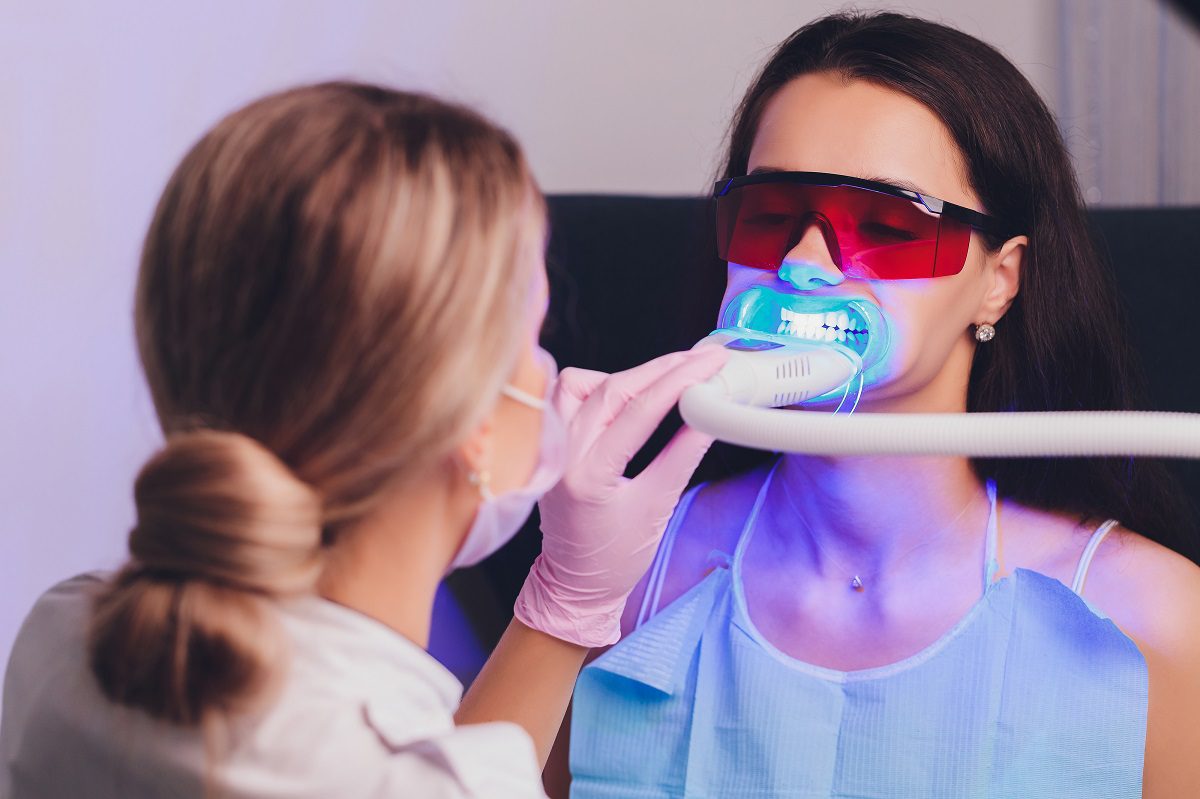Botox in the Dental Field
Dentistry has experienced a transformative shift in recent years, with innovative approaches that extend beyond traditional oral health care. One of t...

Dentistry has experienced a transformative shift in recent years, with innovative approaches that extend beyond traditional oral health care. One of these groundbreaking developments involves the utilization of Botox. Botox, scientifically known as botulinum toxin, has emerged as a valuable tool in the dental toolkit, offering a range of therapeutic applications that address various functional and pain-related concerns.
From temporomandibular joint (TMJ) disorders to bruxism and chronic facial pain, Botox has shown promising results in alleviating dental conditions that significantly impact a patient’s quality of life. This blog will discuss the therapeutic potential of Botox in dental practice, its benefits, and the way it works. So, let’s get to know these.
“Dental Botox’s targeted approach soothes pain and restores smiles. Statistics reveal the power of Dental Botox, i.e., 87% reduction in TMJ pain and 92% alleviation in bruxism symptoms”.
Botox in Dental Practice
Botox injections in dental practice are strategically administered to specific jaw, face, and neck muscles to achieve therapeutic outcomes. Dental professionals have recognized Botox’s potential to improve patients’ oral health, alleviate discomfort, and enhance facial aesthetics.
As with any medical intervention, ethical considerations and patient-centered care remain paramount in using Botox within dentistry. By temporarily paralyzing or relaxing targeted muscles, Botox can help manage a range of dental concerns, including:
- Helping TMJ Disorders: Botox helps ease the pain and discomfort caused by TMJ disorders. By calming down the muscles in the jaw that are too active and causing grinding, clenching, and tension, Botox can help relax the muscles and improve the jaw.
- Dealing with Teeth Grinding: Grinding your teeth too much, called bruxism, can wear down teeth, hurt your jaw, give you headaches, and cause other dental problems. Botox shots in the muscles responsible for grinding can reduce how hard you clench and grind, improving the symptoms.
- Relieving Long-lasting Facial Pain: Botox can relieve ongoing face pain from trigeminal neuralgia or myofascial pain syndrome. Botox shots can stop the nerves from sending pain signals and give you a break from the pain.
- Fixing Smiles with Too Much Gum: Botox injections can relax the muscles that increase your upper lip when you smile, making less of your gums show.
- Balancing Out Your Face: Botox injections can also help if one side of your face has different muscle activity, making it look uneven. Skilled use of Botox can help make your face look more balanced and even.
Dental Botox therapy requires specialized training and expertise. Dentists who incorporate Botox into their practice should thoroughly understand facial anatomy, muscle function, and the appropriate dosage to achieve desired therapeutic effects while minimizing potential side effects.
Dental Botox offers a non-surgical and minimally invasive approach to managing dental issues that impact oral health and overall well-being. The therapeutic potential of Botox in the dental field demonstrates its versatility in improving patients’ oral function, comfort, and quality of life.

Benefits of Botox Therapy
Dental Botox therapy offers a range of benefits for patients experiencing specific oral and maxillofacial issues. Here are some key advantages:
- Pain Relief: For patients with conditions like TMJ disorders, bruxism, and chronic facial pain, Botox injections can help relax overactive muscles that contribute to discomfort and pain. By reducing muscle tension, patients often experience relief from headaches, jaw pain, and other associated symptoms.
- Improved Jaw Function: Dental Botox enhances jaw function by relaxing muscles that cause clenching and grinding. It also improves jaw movement and decreases temporomandibular joint strain (TMJ) strain.
- Minimized Teeth Grinding: Botox injections can significantly reduce the intensity of teeth grinding for individuals who suffer from bruxism. It helps prevent dental damage and alleviates facial pain and tension symptoms.
- Non-Surgical Approach: Dental Botox provides a non-surgical and minimally invasive alternative to addressing specific dental issues. It is particularly beneficial for patients seeking relief without undergoing surgical procedures.
- Quick and Convenient: Botox injections are relatively short to administer and require minimal downtime. Patients can often resume their routine activities shortly after the procedure.
- Personalized Treatment: Each patient’s treatment plan can be customized to address relevant concerns and symptoms. The dosage and injection sites are adjusted to ensure optimal results based on individual needs.
- Enhanced Quality of Life: By alleviating pain, discomfort, and functional issues, dental Botox can significantly improve a patient’s overall quality of life. It allows individuals to enjoy everyday activities without the hindrance of oral or facial pain.
- Conservative Approach: Dental Botox takes a traditional approach to treatment, focusing on muscle relaxation and symptom management rather than invasive interventions. It can be particularly appealing to patients who prefer non-surgical solutions.
- Complementary Treatment: Dental Botox can be used alongside other dental treatments to enhance effectiveness. It can complement therapies such as orthodontics, prosthetics, and physical therapy.
- Long-Lasting Results: While the effects of dental Botox are not permanent, they typically last for several months. It means patients can enjoy relief from their symptoms for an extended period before considering follow-up treatments.
- Aesthetically Neutral: Unlike cosmetic Botox, dental Botox focuses solely on functional and pain-related issues. It is an aesthetically neutral approach that appeals to patients seeking to address oral health concerns without altering their appearance.
Dental Botox offers patients a viable and effective option for managing various oral and maxillofacial conditions that impact their well-being and daily life. It combines therapeutic benefits with a minimally invasive approach, providing a valuable addition to the toolbox of modern dental care.
How Dental Botox Works?
Dental Botox utilizes botulinum toxin type A, known as Botox, to temporarily relax or paralyze specific muscles in the oral and maxillofacial region. This muscle relaxation can help address various functional and pain-related issues that affect the jaw, face, and surrounding structures. Here’s how dental Botox works:
- Mechanism of Action: Botulinum toxin, a neurotoxin, interferes with releasing a neurotransmitter called acetylcholine at the neuromuscular junction. Acetylcholine transmits nerve signals to muscles, causing them to contract. Botox operates by blocking the release of acetylcholine, which results in temporary muscle paralysis or relaxation.
- Injection Process: The injection process is relatively quick and minimally invasive. With the assistance of a needle, the dentist injects the Botox solution into specific muscles.
- Targeted Muscles: Dental Botox is typically used to target muscles that contribute to specific dental issues. For example, in the case of TMJ disorders, Botox may be injected into the jaw muscles responsible for clenching and grinding. In cases of bruxism, the dentist might administer Botox to the masseter muscles involved in chewing.
- Muscle Relaxation: Once injected, Botox begins to take effect within a few days to a week. The treated muscles gradually relax due to the inhibition of acetylcholine release.
- Duration of Effects: The effects of dental Botox are not permanent and typically last for several months, ranging from three to six months on average. Over time, the body naturally metabolizes Botox, and muscle function gradually returns to normal.
- Individualized Treatment: Dentists tailor the Dental Botox treatment to the condition and needs of each patient. The injection sites, dosage, and frequency of treatment are decided based on the severity of the issue and the desired outcomes.
- Minimal Discomfort: The injections are relatively painless, and patients often report minimal discomfort. Some patients might experience mild swelling or redness at the injection sites, but this typically alleviates quickly.
- Gradual Onset and Subtle Results: Unlike cosmetic Botox, which causes visible changes in facial appearance, dental Botox aims for more subtle effects. Patients should not expect drastic changes in their appearance; instead, the focus is on improving oral function and reducing pain.
Final Thoughts
Dental Botox is a valuable addition to the range of treatments available in dentistry. It offers a non-surgical option for addressing various functional and pain-related issues within the oral and maxillofacial region. Achieving optimal patient results requires a thorough understanding of dental and facial anatomy.
Contact your dentist in Walnut Creek, Dr. Tiziana Procopio Towle, DDS, at Procopio Dental Office to learn about Botox in the Dental Field.
Resource:
*This media/content or any other on this website does not prescribe, recommend, or prevent any treatment or procedure. Therefore, we highly recommend that you get the advice of a qualified dentist or other medical practitioners regarding your specific dental condition*
Get to know us
The best and gentle Dentists and Team Member of Procopio Towle Dental Office are dedicated to providing top quality dental care to patients in Walnut Creek the surrounding San Francisco Bay Area.
Meet Our Dentist



